Home>Garden Essentials>How Do You Seed A Pomegranate
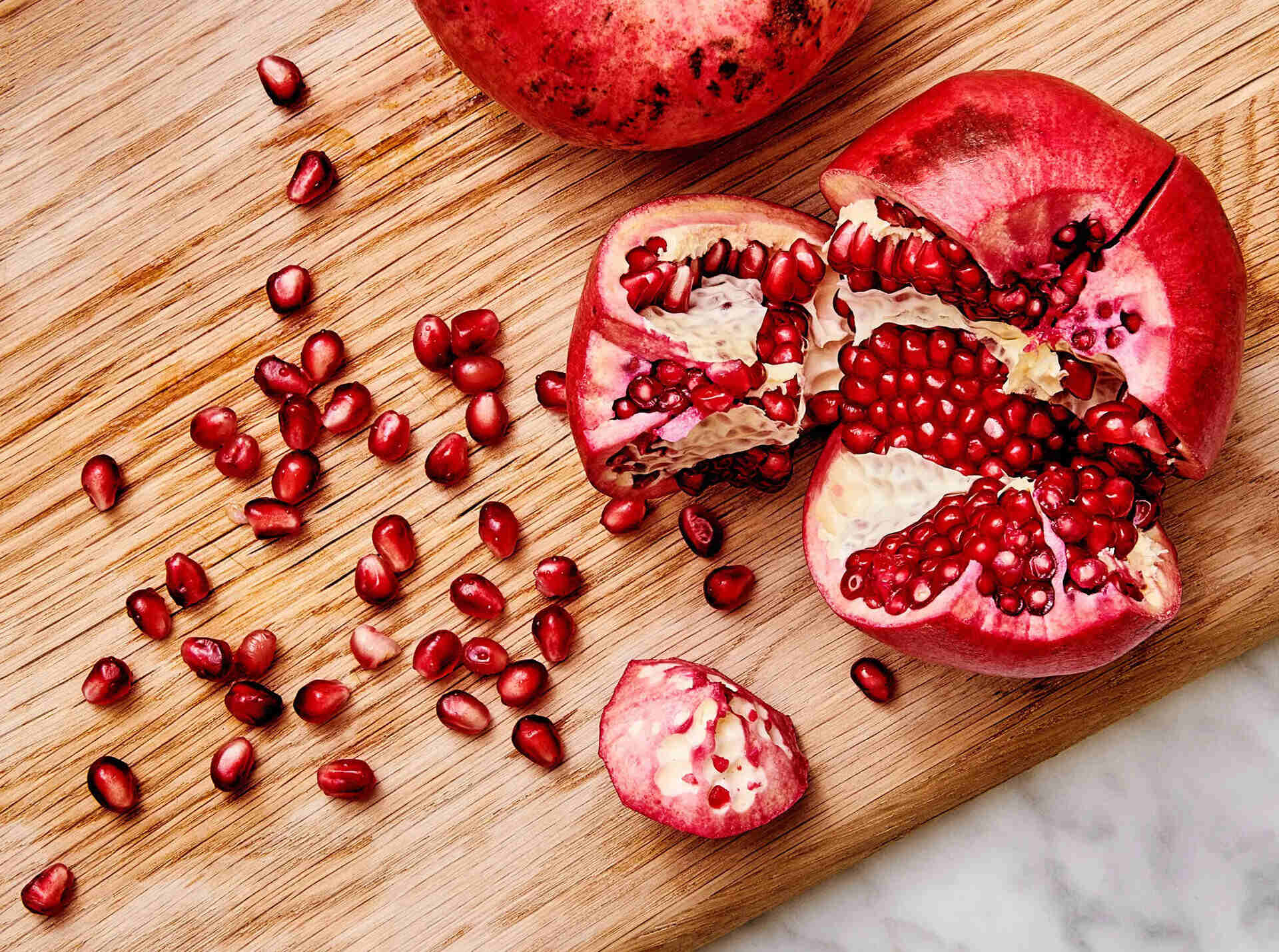

Garden Essentials
How Do You Seed A Pomegranate
Modified: March 16, 2024
Learn how to seed a pomegranate in your garden and enjoy fresh, juicy fruits all season long. Follow our step-by-step guide for successful pomegranate cultivation.
(Many of the links in this article redirect to a specific reviewed product. Your purchase of these products through affiliate links helps to generate commission for Storables.com, at no extra cost. Learn more)
Introduction
Are you a fan of pomegranates? These ruby-red fruits are not only delicious but also packed with numerous health benefits. From their juicy arils to the vibrant color, pomegranates are a treat for both the eyes and taste buds. If you’ve ever wondered how to seed a pomegranate, you’re in the right place.
Seeding a pomegranate may seem like a daunting task, with the potential for messy hands and stained clothes. However, with the right tools and technique, it can be a breeze. In this article, we will guide you through the steps and share some tips and tricks to make the process quick and easy.
But first, let’s explore the incredible health benefits that pomegranates offer.
Key Takeaways:
- Seeding a pomegranate is easier than it seems! Follow simple steps and use handy tips to enjoy the delicious and nutritious benefits of this vibrant fruit.
- Pomegranates offer a burst of flavor and a wealth of health benefits. Master the art of seeding them to elevate your culinary creations and embrace their nutritious punch.
Read more: How Do You Plant Pomegranate Seeds
Benefits of Eating Pomegranates
Pomegranates are often hailed as a superfood due to their impressive nutritional profile. They are packed with antioxidants, vitamins, and minerals that contribute to overall well-being. Here are some of the key benefits of incorporating pomegranates into your diet:
- Boosts Immunity: Pomegranates are rich in vitamin C, which helps strengthen the immune system and ward off illnesses.
- Heart-Healthy: The antioxidants present in pomegranates help reduce the risk of heart disease by preventing the buildup of plaque in the arteries.
- Anti-Inflammatory Properties: Pomegranates contain compounds that have anti-inflammatory effects, making them beneficial for reducing inflammation in the body.
- Improves Digestion: The high fiber content in pomegranates aids in digestion and promotes a healthy digestive system.
- Supports Weight Loss: Pomegranates are low in calories and high in fiber, making them a great addition to a weight-loss diet. They can help you feel fuller for longer.
- Promotes Healthy Skin: The antioxidants in pomegranates help combat free radicals, reducing signs of aging and promoting a healthy complexion.
With these incredible benefits in mind, let’s dive into the step-by-step guide on how to seed a pomegranate.
Key Takeaways:
- Seeding a pomegranate is easier than it seems! Follow simple steps and use handy tips to enjoy the delicious and nutritious benefits of this vibrant fruit.
- Pomegranates offer a burst of flavor and a wealth of health benefits. Master the art of seeding them to elevate your culinary creations and embrace their nutritious punch.
Read more: How Do You Plant Pomegranate Seeds
Benefits of Eating Pomegranates
Pomegranates are often hailed as a superfood due to their impressive nutritional profile. They are packed with antioxidants, vitamins, and minerals that contribute to overall well-being. Here are some of the key benefits of incorporating pomegranates into your diet:
- Boosts Immunity: Pomegranates are rich in vitamin C, which helps strengthen the immune system and ward off illnesses. The antioxidants in pomegranates also play a role in boosting immunity by protecting the body against free radicals.
- Heart-Healthy: The antioxidants present in pomegranates help reduce the risk of heart disease by preventing the buildup of plaque in the arteries. Studies have shown that consuming pomegranate juice regularly can lower blood pressure, reduce cholesterol levels, and improve overall heart health.
- Anti-Inflammatory Properties: Pomegranates contain compounds such as punicalagins, which have significant anti-inflammatory effects. These compounds help reduce inflammation in the body, which can contribute to various chronic diseases like arthritis, certain types of cancer, and heart disease.
- Improves Digestion: The high fiber content in pomegranates aids in digestion and promotes a healthy digestive system. The fiber adds bulk to the stool, preventing constipation and promoting regular bowel movements. It also helps nourish beneficial gut bacteria, promoting a healthy gut microbiome.
- Supports Weight Loss: Pomegranates are low in calories and high in fiber, making them a great addition to a weight-loss diet. The high fiber content helps you feel fuller for longer, reducing the chances of overeating. Additionally, the natural sweetness of pomegranates can satisfy sugar cravings in a healthier way.
- Promotes Healthy Skin: The antioxidants in pomegranates help combat free radicals, reducing signs of aging such as wrinkles and fine lines. Pomegranate extract has also been shown to improve skin moisture, elasticity, and overall appearance. Including pomegranates in your diet can contribute to a radiant and youthful complexion.
These are just a few of the many benefits that pomegranates offer. Whether you consume them as whole fruit, juice, or in various dishes, incorporating pomegranates into your diet can have a positive impact on your overall health.
Now that we understand the incredible benefits of consuming pomegranates, let’s move on to the tools and equipment needed to seed a pomegranate.
Tools and Equipment Needed
Seeding a pomegranate requires a few essential tools and equipment to make the process easier and more efficient. Here are the items you will need:
- Pomegranate: Choose a ripe and juicy pomegranate that feels heavy for its size. Look for a fruit with a deep red color and firm skin.
- Knife: A sharp kitchen knife will be used to cut the pomegranate. Make sure the knife is clean and has a sturdy blade.
- Bowl or Plate: Have a bowl or plate ready to collect the seeded pomegranate arils. Make sure it is large enough to accommodate the entire fruit.
- Cutting Board: Place the pomegranate on a cutting board to provide stability and avoid damaging your countertop or workspace.
- Apron or Kitchen Towel: Seeding a pomegranate can be a messy process due to the release of juice. Protect your clothing by wearing an apron or having a kitchen towel nearby.
These basic tools and equipment are all you need to get started on seeding a pomegranate. Once you have gathered these items, it’s time to move on to the step-by-step guide that will help you seed a pomegranate with ease.
Keep in mind that different variations of pomegranate seed removal methods exist, and you may choose to use alternative techniques based on your preference or the specific dish you are preparing. Let’s explore some of these alternative methods in the next section.
To seed a pomegranate, cut it in half and hold it over a bowl of water. Gently tap the back of the fruit with a spoon to release the seeds into the water, which will make it easier to separate them from the pith.
Step-by-Step Guide to Seeding a Pomegranate
Seeding a pomegranate may seem intimidating, but with the right technique, it can be a straightforward process. Follow these simple steps to seed a pomegranate:
- Prepare the Pomegranate: Start by washing the pomegranate thoroughly under running water to remove any dirt or residue. Pat it dry with a clean towel.
- Cut off the Crown: Use a sharp knife to slice off the crown, which is the top part of the pomegranate where the stem is located. Cut about ½ inch (1.27 cm) deep to reveal the seeds inside.
- Create Sections: Score the pomegranate skin along its natural ridges, from the crown to the bottom. Make sure not to cut too deeply, as you want to avoid piercing the seeds inside.
- Open the Pomegranate: Hold the pomegranate with both hands and gently pull it apart along the scored lines. It should naturally separate into sections or quarters.
- Loosen and Remove the Arils: Now comes the fun part. Hold one pomegranate section over a bowl or plate, seed-side down. Use your fingers or a spoon to gently tap the back of the section to release the arils. They should easily fall out into the bowl. Repeat this step for the remaining sections.
- Remove Any White Pith: Once you’ve collected all the arils, you may notice some white pith mixed in. Take a few minutes to remove any pith that may have fallen into the bowl. This will ensure that you have only the juicy red arils left.
That’s it! You have successfully seeded a pomegranate. Now you can use these vibrant arils in salads, desserts, smoothies, or enjoy them on their own.
While this method is the most common way to seed a pomegranate, there are alternative methods you can try as well. Let’s explore some of these methods in the next section.
Read more: How Do You Get Seeds Out Of A Pomegranate
Alternative Methods for Seeding Pomegranates
While the traditional method of cutting and removing the seeds from a pomegranate is widely used, there are alternative methods that you can explore based on your preference or the dish you are preparing. Here are a few alternative methods for seeding pomegranates:
- Underwater Method: This method involves submerging the pomegranate in a bowl of water while removing the seeds. The water helps to prevent juice splatters and makes it easier to separate the arils. Cut off the crown, score the pomegranate, and place it in a bowl of water. Gently break it open and use your fingers to release the arils. The arils will sink to the bottom while the pith and membranes float to the top. Skim off the floating debris and strain the arils.
- Rolling Method: Instead of cutting the pomegranate, this method involves rolling it on a hard surface to loosen the arils. Start by applying gentle pressure while rolling the pomegranate back and forth. This helps separate the seeds from the membranes. Once you hear a crackling sound, cut a small slit near the crown and gently pry it open. The arils should easily come out.
- Wooden Spoon Method: Cut off the crown of the pomegranate and score the skin. Hold the pomegranate over a bowl, seed-side down. Take a wooden spoon and firmly tap the back of the pomegranate. The arils will start to fall out into the bowl. Continue tapping until all the seeds are released.
These alternative methods offer a different approach to seeding pomegranates and can be especially useful if you prefer a less messy process or if you need to tackle a large number of pomegranates for a recipe.
Now that you’re familiar with various methods for seeding pomegranates, let’s move on to some tips and tricks that will make the process even easier.
Tips and Tricks for Seeding Pomegranates
Seeding a pomegranate can be a delightful experience if you follow a few helpful tips and tricks. These suggestions will make the process easier and more efficient. Here are some tips and tricks to keep in mind when seeding pomegranates:
- Use a Deep Bowl: When collecting the pomegranate arils, choose a deep bowl or plate. This will help prevent the juice from splattering and making a mess.
- Stay Organized: Keep a separate bowl nearby for the discarded pomegranate skin and membranes. This way, you can easily dispose of them without cluttering your workspace.
- Work over a Clean Surface: Seeding a pomegranate can become messy, so make sure to work over a clean cutting board or countertop. You can also place a layer of newspaper or a kitchen towel to catch any juice splatters.
- Start with Ripe Pomegranates: Choose fully ripe pomegranates for the best flavor and easy seed removal. Look for fruits that are deep red in color and feel heavy for their size.
- Be Gentle: When tapping or hitting the pomegranate to release the arils, use a gentle touch. Applying excessive force can cause the seeds to burst or crush, resulting in a mess.
- Experiment with Different Methods: Don’t hesitate to try different methods for seeding pomegranates and see which one works best for you. You may find that certain techniques are more convenient or yield better results based on your preferences and the dish you are preparing.
By keeping these tips in mind, you can simplify the process of seeding a pomegranate and avoid common pitfalls. Remember, practice makes perfect, so don’t be discouraged if it takes a few tries to master the technique.
As we conclude our guide on seeding pomegranates, let’s recap the benefits of this vibrant fruit and the joy of incorporating it into your diet.
Conclusion
Pomegranates are not only delicious but also offer a plethora of health benefits. From boosting immunity to promoting heart health and radiant skin, these ruby-red fruits are a powerhouse of nutrients. Seeding a pomegranate may seem like a daunting task, but with the right tools and technique, it can be a rewarding experience.
In this article, we explored the benefits of eating pomegranates and learned how to seed them step-by-step. We also delved into alternative methods for seeding pomegranates, providing you with options that suit your preferences and needs. Whether you choose the traditional cutting method, the underwater technique, the rolling method, or the wooden spoon method, the end result is a bowl full of juicy, vibrant arils ready to be enjoyed.
Throughout the process, we shared tips and tricks to make the pomegranate-seeding process easier and more efficient. Remember to work over a clean surface, use a deep bowl, stay organized, and practice gentle tapping or rolling to avoid any mess and ensure intact seeds.
Now that you have mastered the art of seeding pomegranates, it’s time to embrace the culinary possibilities. Add the juicy arils to your favorite salads, desserts, smoothies, or enjoy them on their own as a refreshing snack. The burst of flavor and the nutritious punch of pomegranates will elevate your culinary creations and contribute to your overall well-being.
So, next time you come across a pomegranate, don’t hesitate to bring it home and give it a try. Seeding a pomegranate is a delightful journey that brings you closer to this incredible fruit and all its benefits. Enjoy the process, savor the flavor, and reap the rewards of incorporating pomegranates into your life.
Frequently Asked Questions about How Do You Seed A Pomegranate
Was this page helpful?
At Storables.com, we guarantee accurate and reliable information. Our content, validated by Expert Board Contributors, is crafted following stringent Editorial Policies. We're committed to providing you with well-researched, expert-backed insights for all your informational needs.
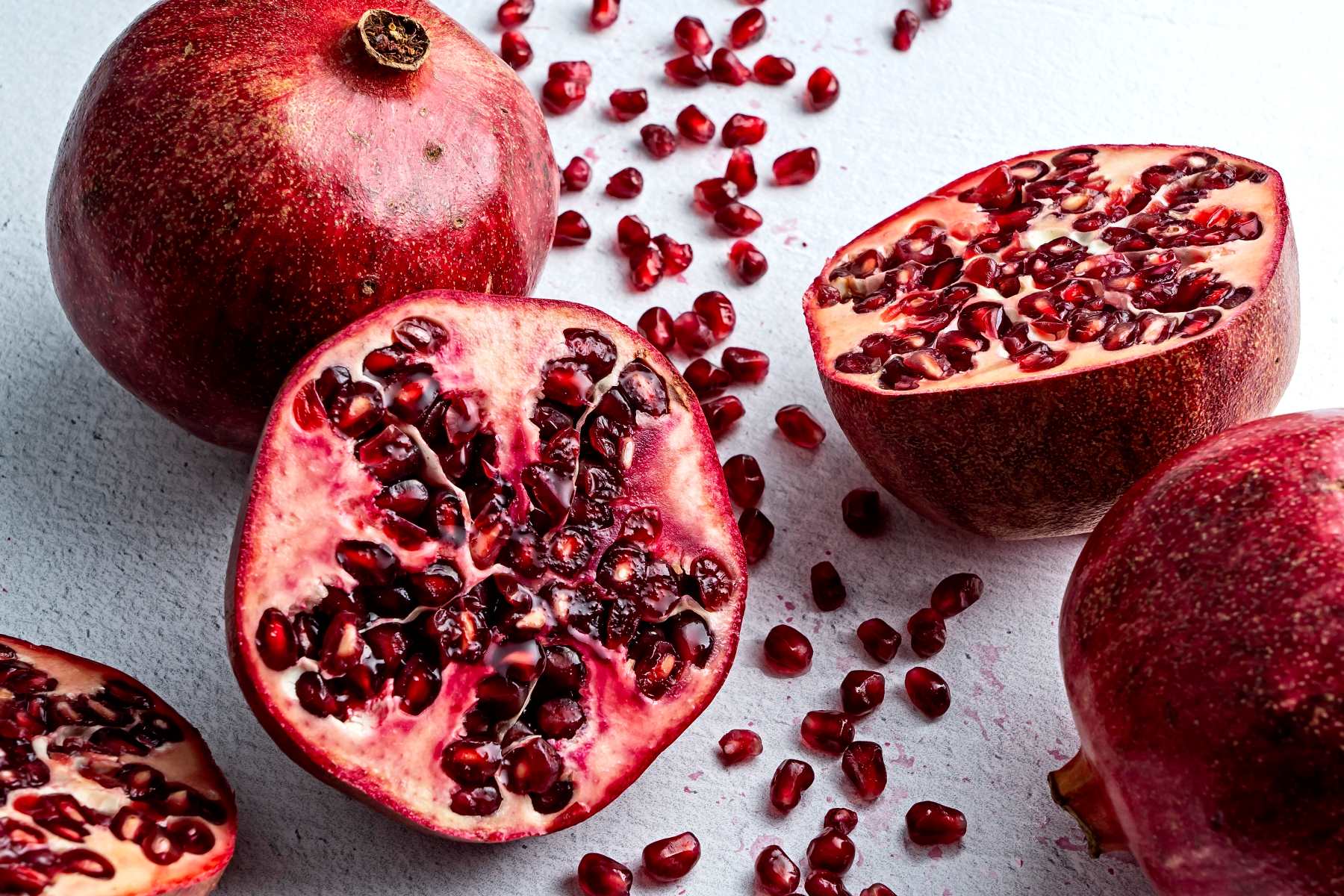
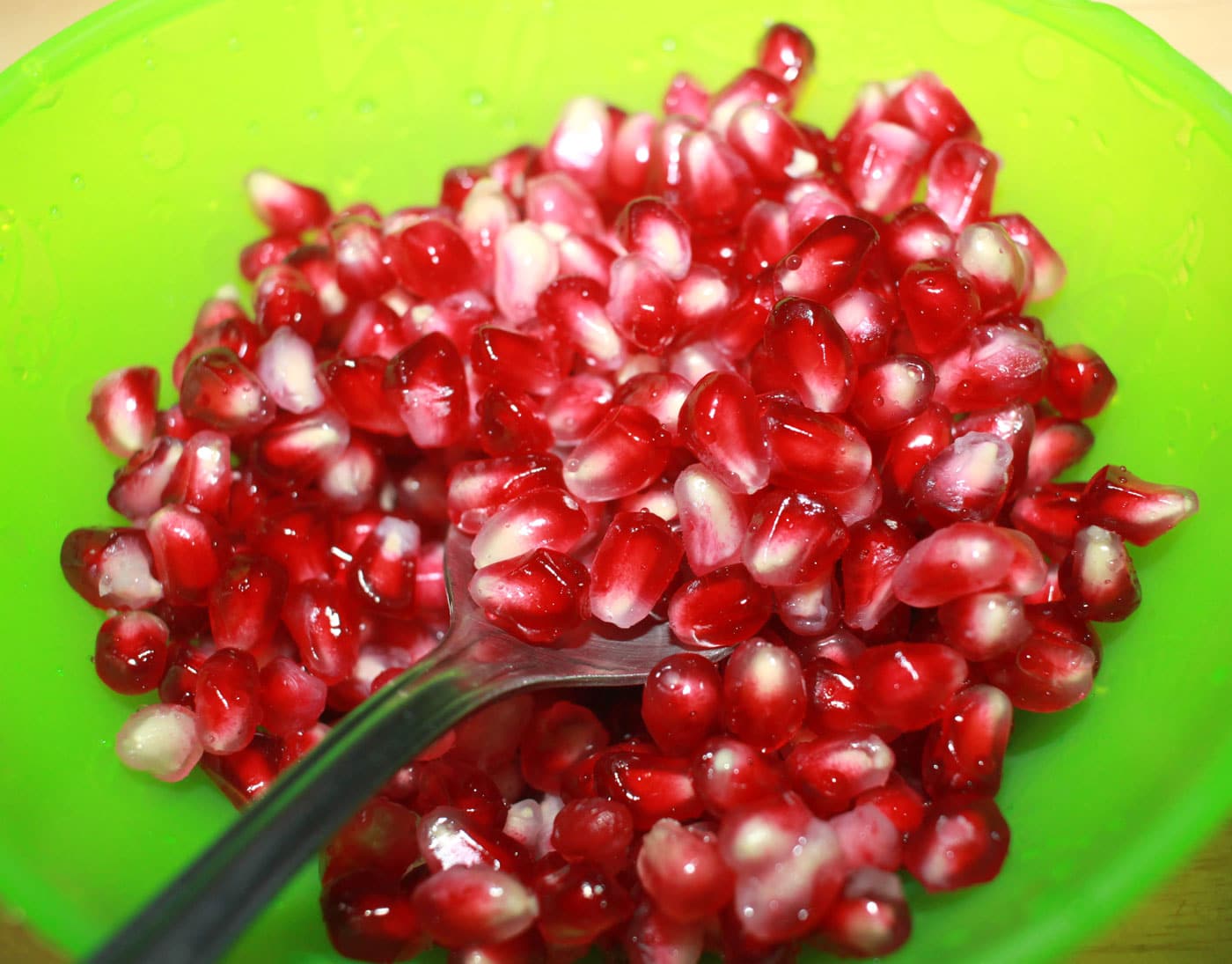
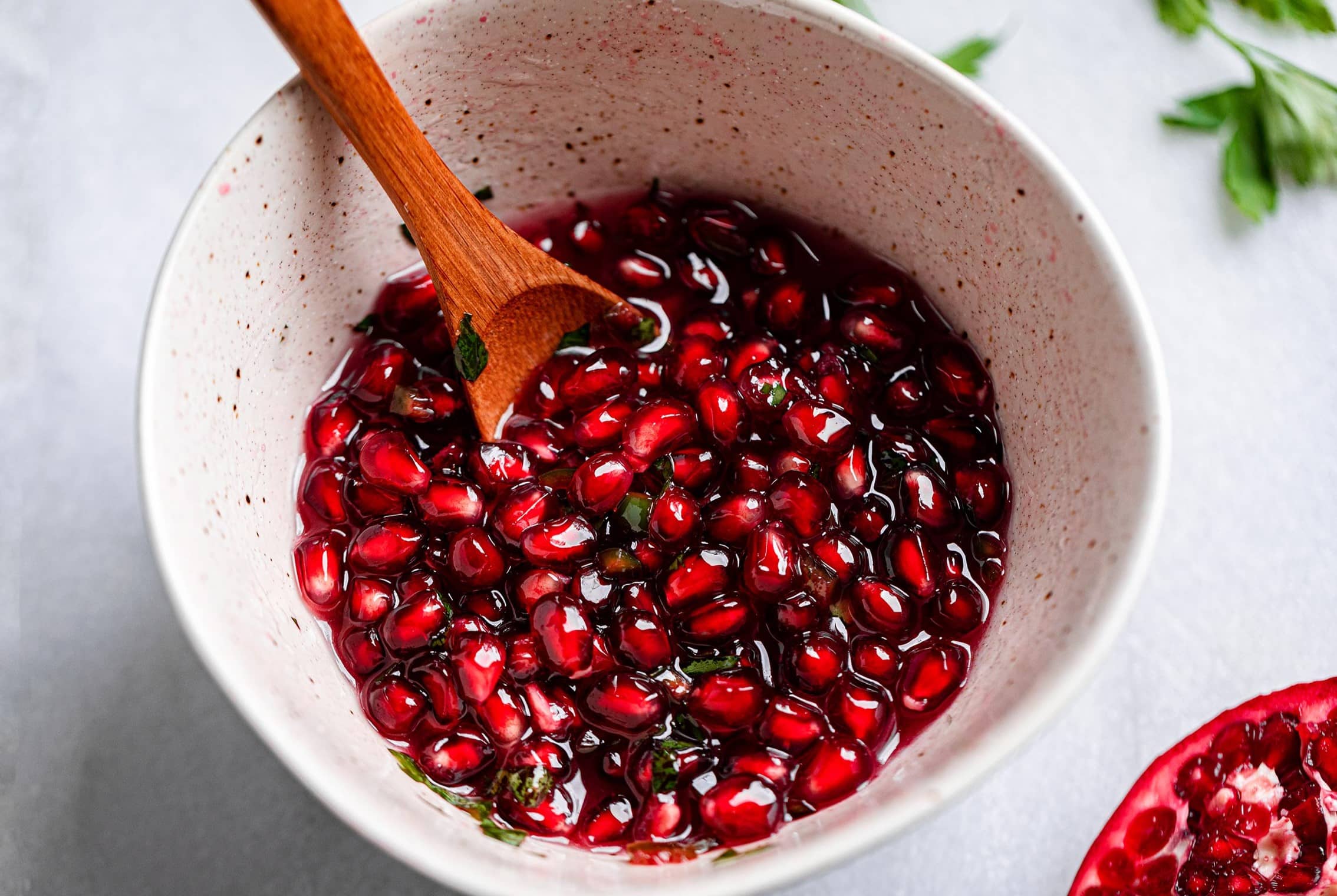
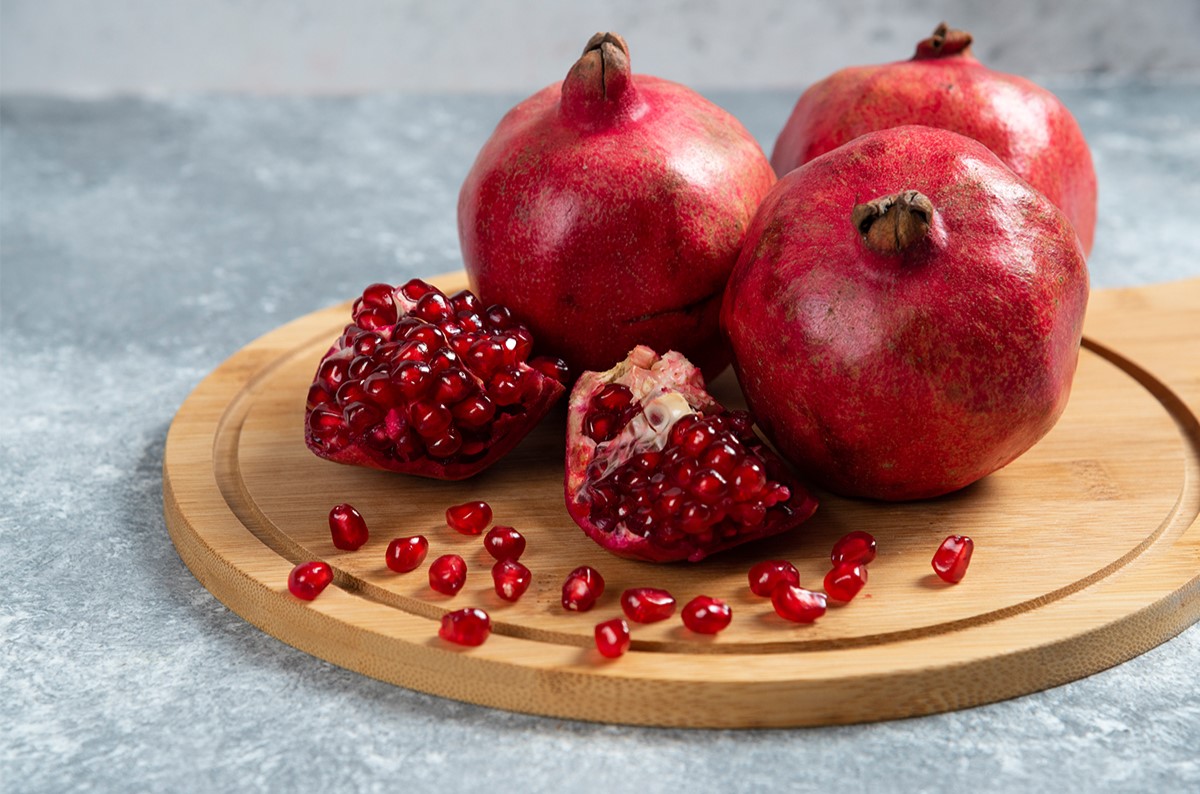
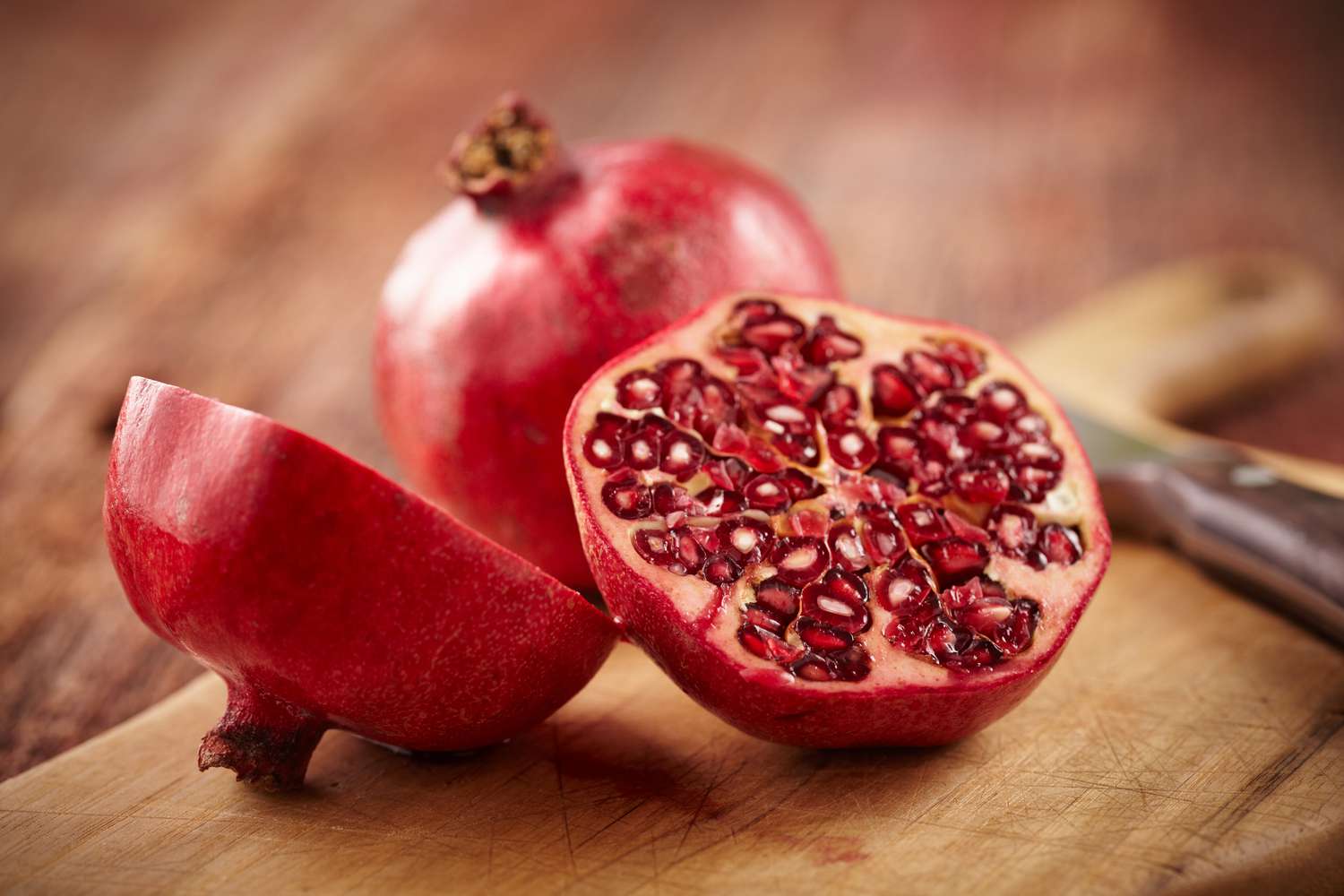
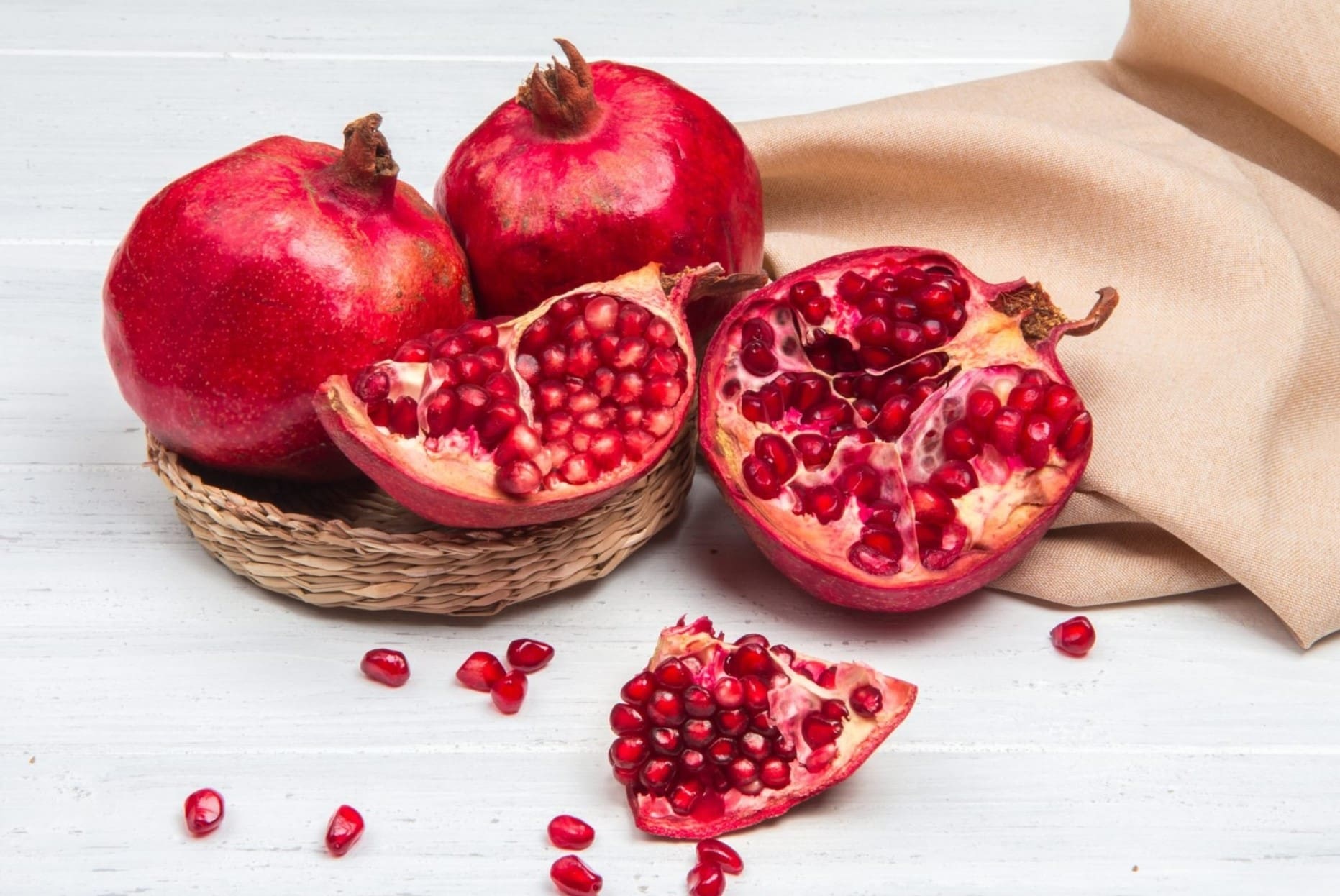
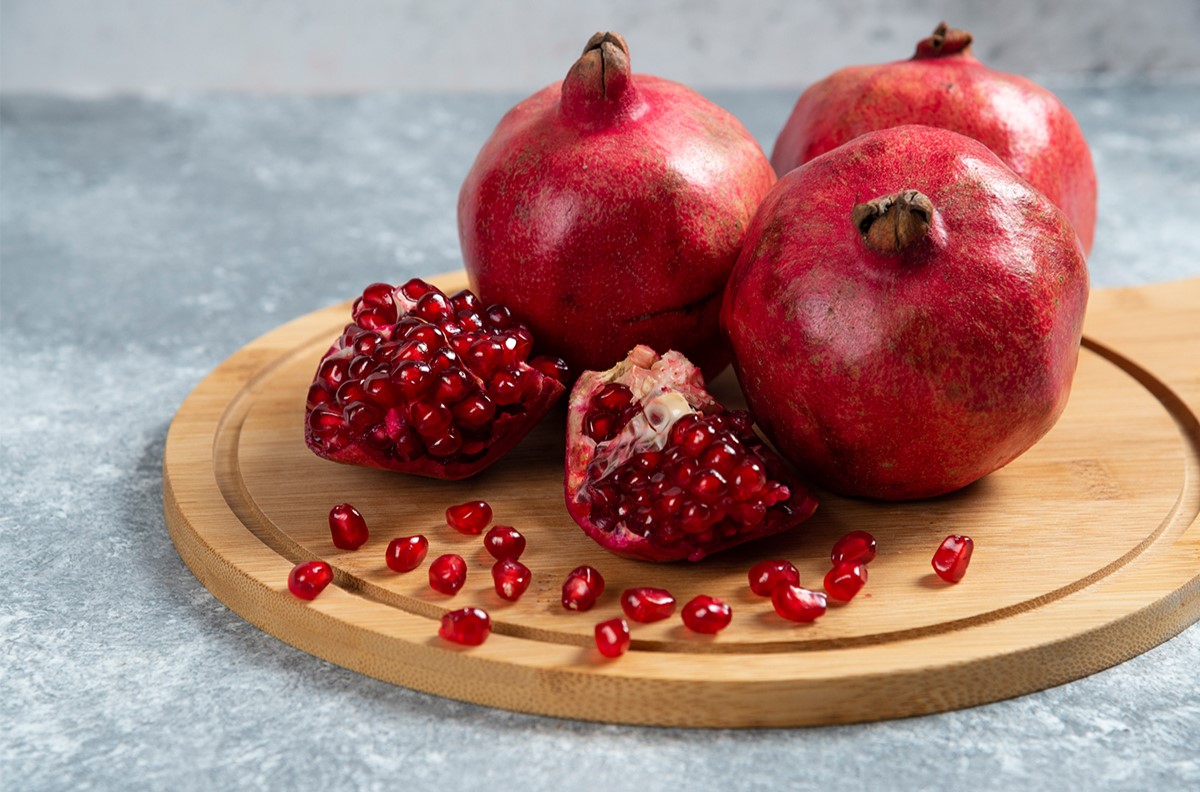

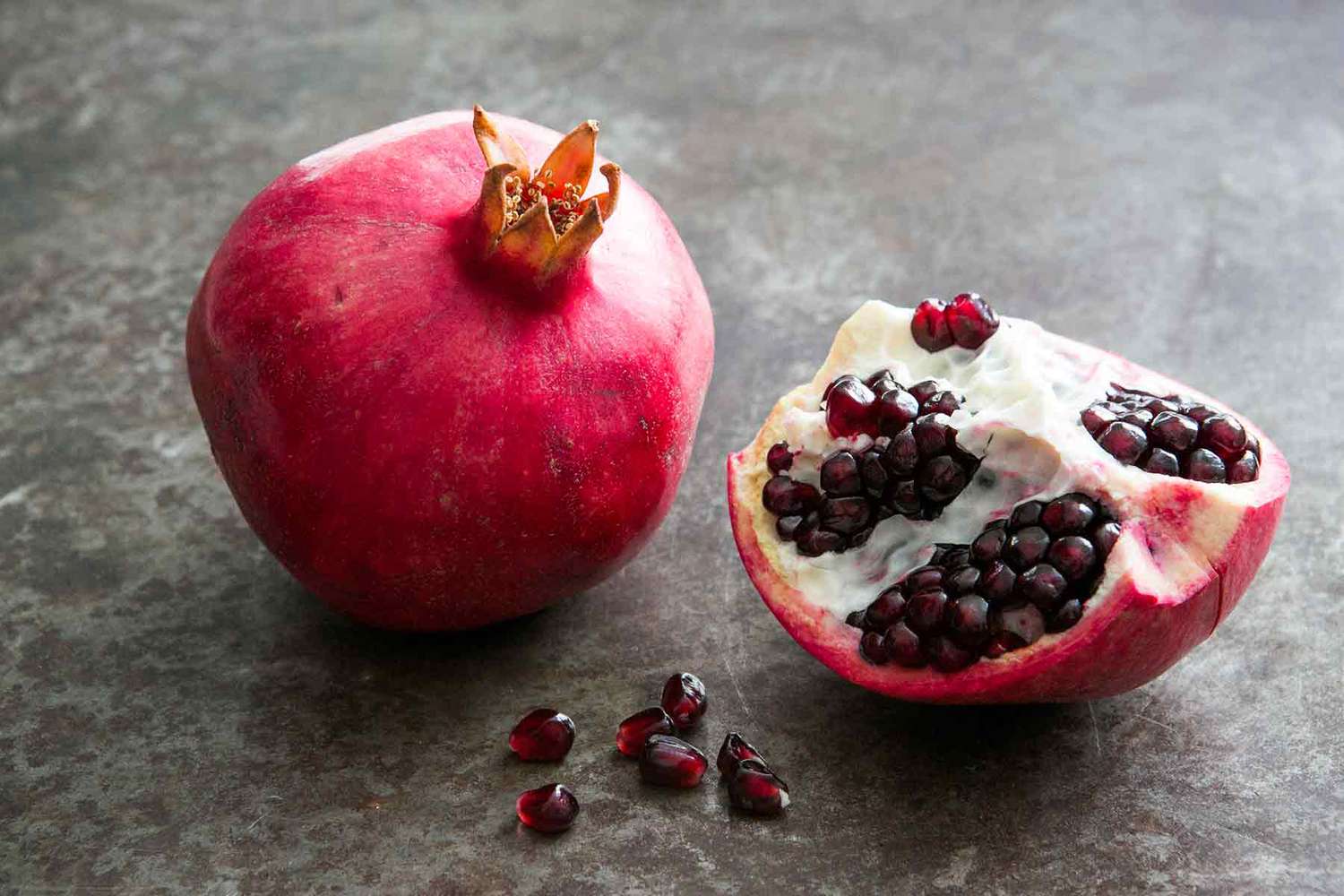
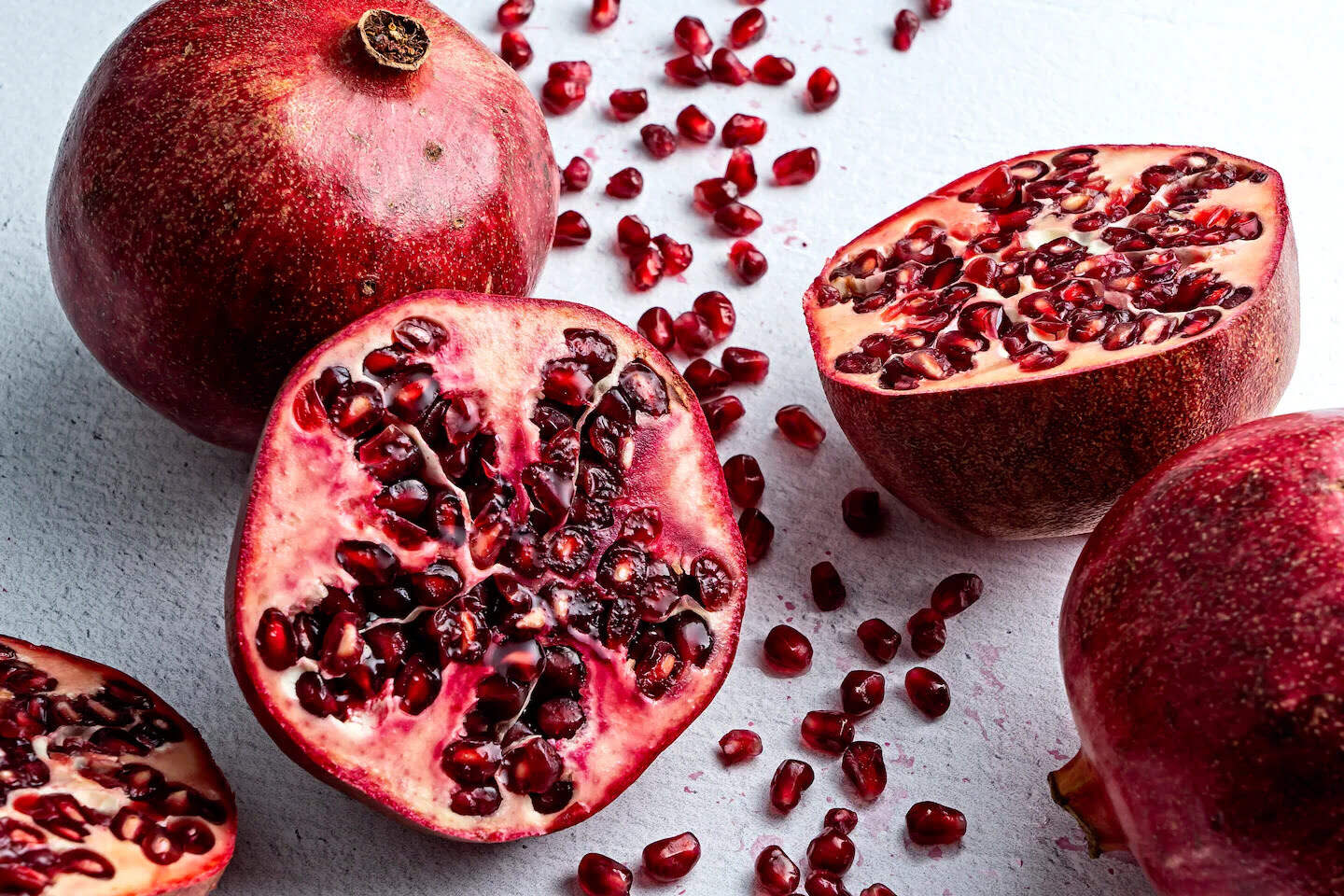
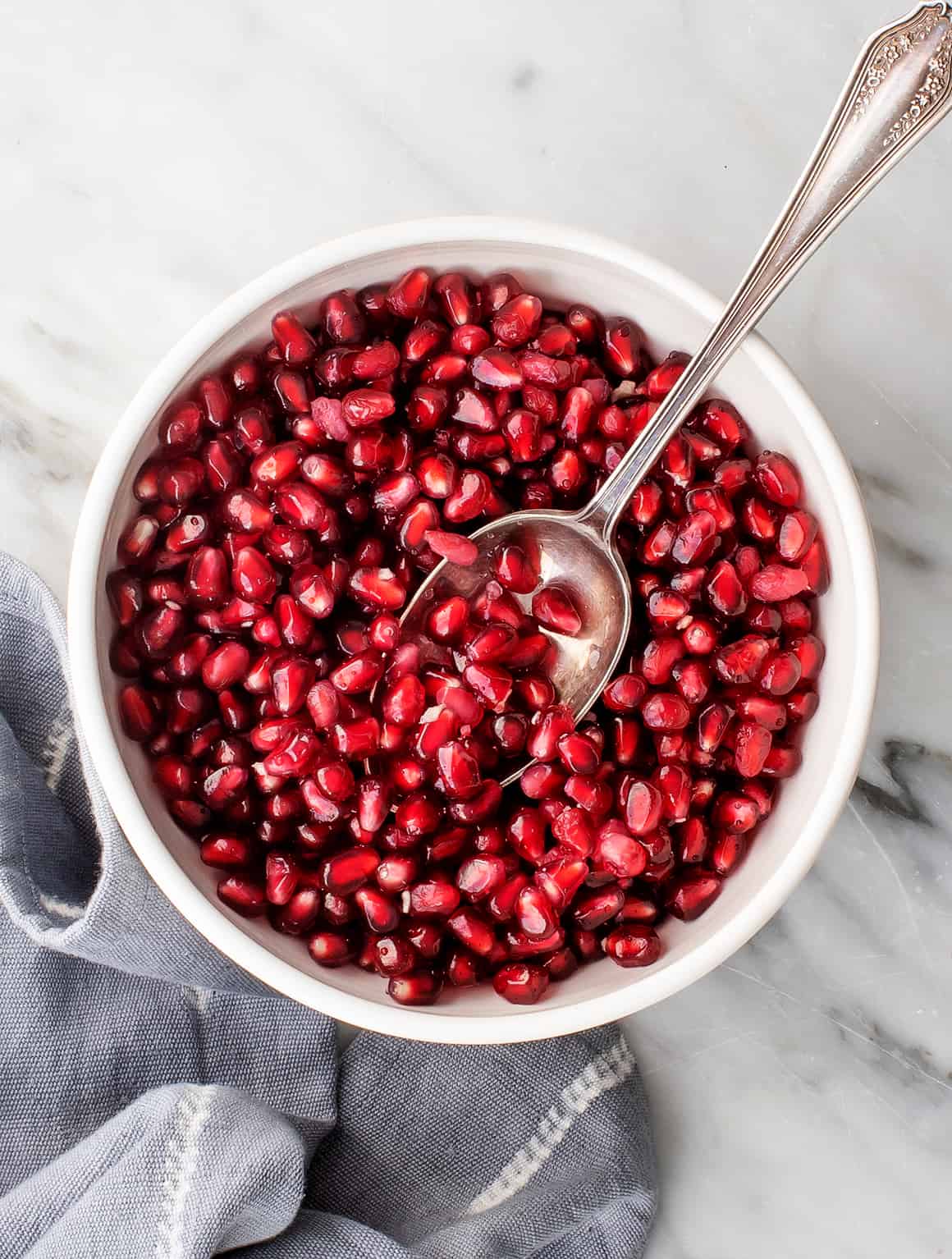
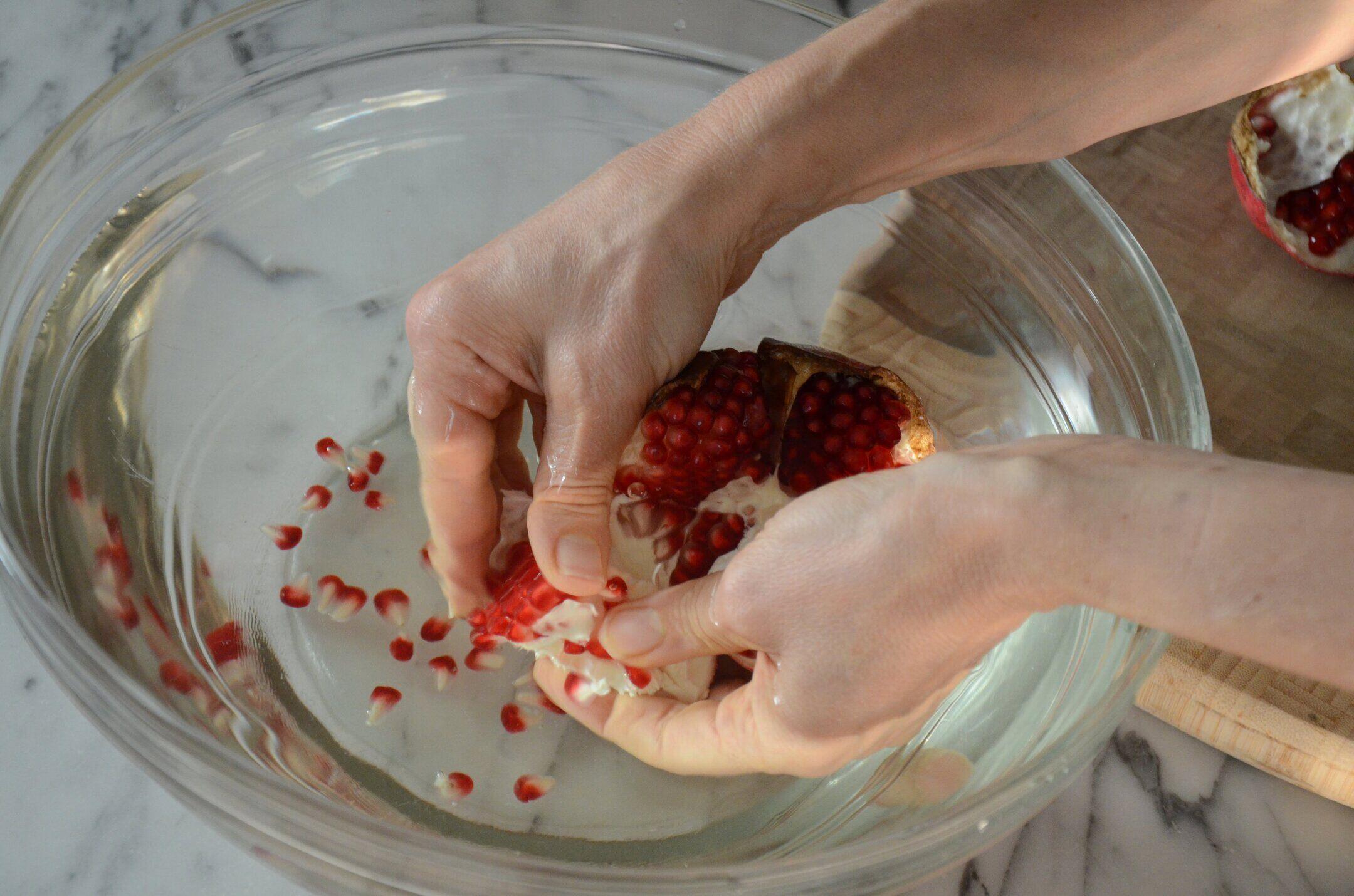
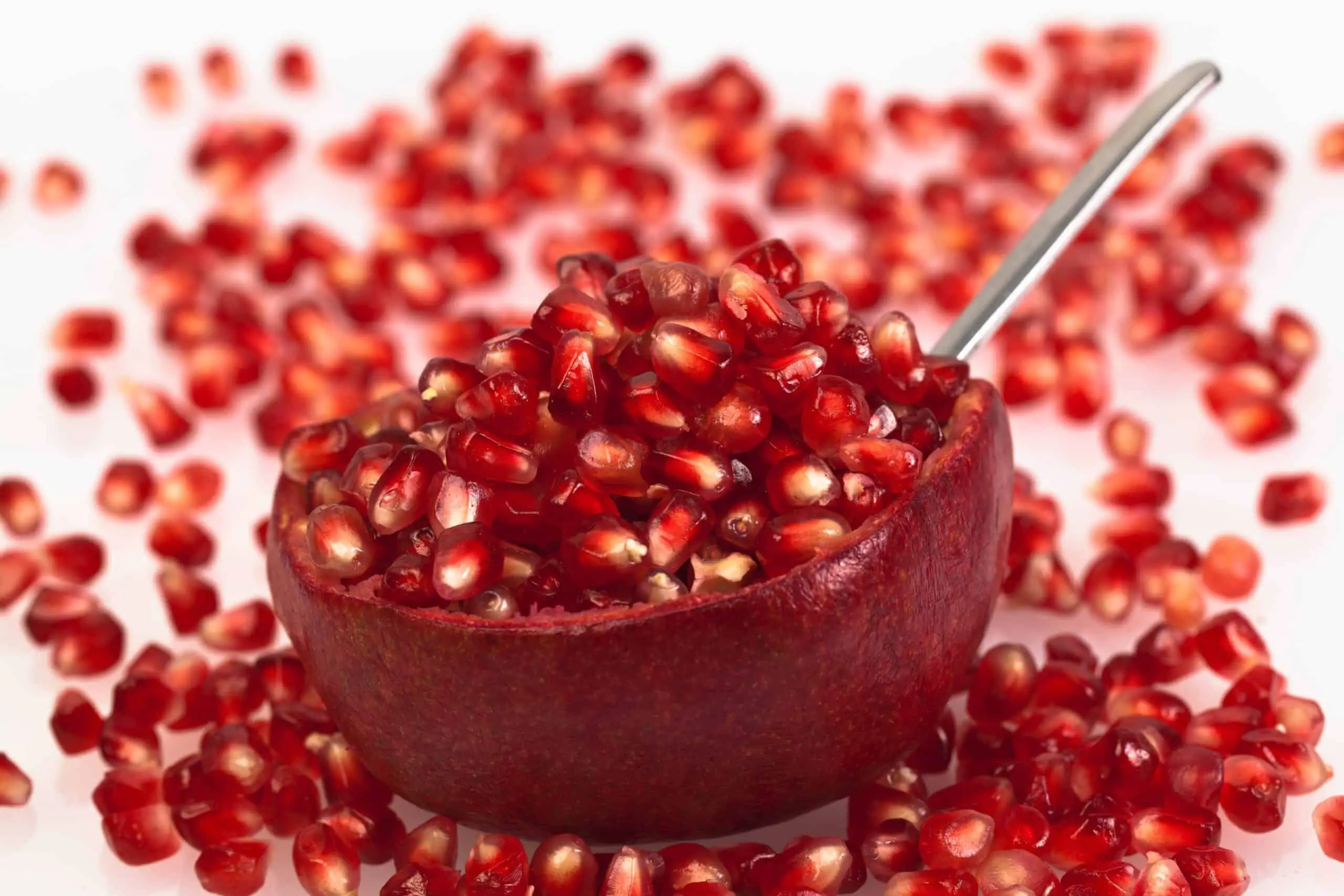


0 thoughts on “How Do You Seed A Pomegranate”